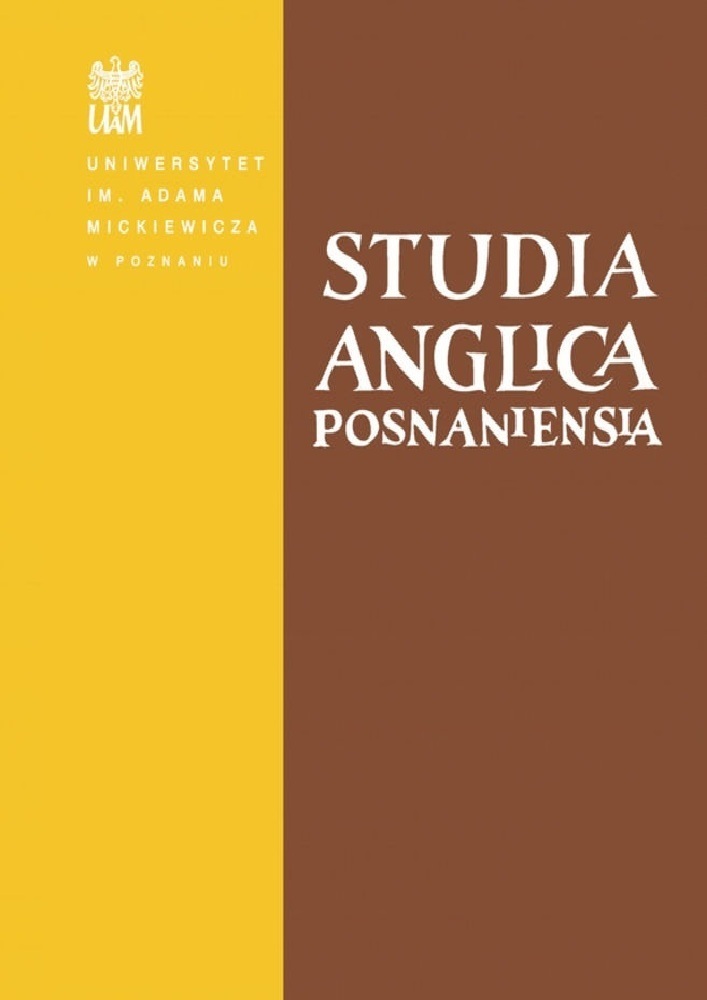Abstract
One of most important steps in the process of editing a manuscript is the identification and correction of the mistakes made by the scribe or scribes involved in its copying process in order to obtain the best text. In some cases, the changes introduced by the scribe, or by the editor who was supervising his work, can easily be noticed because we find out "physical" elements throughout the folio, such as dots under a word as a sign of expunction or carets indicating that a missing word is being added. However, there are many instances of scribal intrusion where only a detailed analysis of the text itself, or even the comparison of different manuscripts, can lead us to the identification of a modified reading. For instance, orthographical changes due to the dialectal provenance of the copyist, or altered lines with a regular aspect. The purpose of this article is to analyse the scribal amendments that appear in some of the earliest copies of The tale of Gamelyn: Corpus Christi College Oxford MS 198 (Cp), Christ Church Oxford MS 152 (Ch), Fitzwilliam Museum McClean 181 (Fi), British Library MS Harley 7334 (Ha4), Bodleian Library MS Hatton Donat. 1 (Ht), British Library MS Lansdowne 851 (La), Lichfield Cathedral MS 29 (Lc), Cambridge University Library Mm. 2.5 (Mm), Petworth House MS 7 (Pw) and British Library MS Royal 18 C.II (Ry2).
Funding
Dr. Nila Vázquez is a participant in the Research Project “Variation, Linguistic Change and Grammaticalization”, grant HUM2007-60706 (Spanish Ministry for Science and Innovation). This grant is hereby gratefully acknowledged.
References
Blake, Norman Francis 1985 The textual tradition of the Canterbury Tales. London: Edward Arnold.
Blake, Norman Francis 2004 "Chaucer, Gamelyn and the Cook's Tale", in: Takami Matsuda - Richard Linenthal - John Scahill (eds.), 87-98.
Doyle, Anthony I. - Malcolm B. Parkes 1979 "Palaeographical introduction", in: Paul G. Ruggiers (ed.), xix-xlix.
Furnivall, Frederick James (ed.) 1868 A six-text print of Chaucer's Canterbury Tales. (The Chaucer Society.) London: Kegan Paul, Trench, Trübner and Co.
Knight, Stephen - Thomas Ohlgren 1997 Robin Hood and other outlaw tales. (Middle English Text Series.) Kalamazoo, Michigan: Western Michigan University for TEAMS.
Manly, John Matthews - Edith Rickert (eds.) 1940 The text of the Canterbury Tales, studied on the basis of all known manuscripts, 8 vols. Chicago: University of Chicago Press.
Matsuda, Takami - Richard Linenthal - John Scahill (eds.) 2004 The medieval book and modern collector. Essays in honour of Toshiyuki Takamiya. Cambridge: D. S. Brewer
McCarren, Vincent P. - Douglas Moffat (eds.) 1998 A guide to editing Middle English. Ann Arbor: The University of Michigan Press.
McCormick, Sir William - Janet E. Heseltine 1933 The manuscripts of Chaucer's Canterbury Tales: A critical description of their contents. Oxford: Clarendon Press.
Moorman, Charles 1975 Editing the Middle English manuscript. Jackson: University Press of Mississippi.
Mossé, Fernand 1952 A handbook of Middle English. Baltimore - London: The John Hopkins Press.
Ruggiers, Paul G. (ed.) 1979 The Canterbury Tales. Geoffrey Chaucer. A facsimile and transcription of the Hengwrt manuscript, with variations from the Ellesmere manuscript. Norman, Oklahoma: University of Oklahoma Press.
Ruggiers, Paul G. 1984 Editing Chaucer. The great tradition. Norman, Oklahoma: Pilgrim Books.
Sands Donald B. (ed.) 1966 Middle English verse romances. New York - London: Holt, Rinehart and Winston.
Skeat, Walter William (ed.) [1884] The tale of Gamelyn. Oxford: Clarendon Press.
Thaisen, Jacob 2005 "Gamelyn and some Chaucer's scribes spellings". (A paper delivered at the Fifth International Conference on Middle English, Università degli Studi di Napoli Federico II, August 2005.)
Vázquez, Nila 2009 The tale of Gamelyn of the Canterbury Tales: An annotated edition with introduction, translation, commentary and glossary. Lampeter, Wales: The Edwin Mellen Press Limited.
